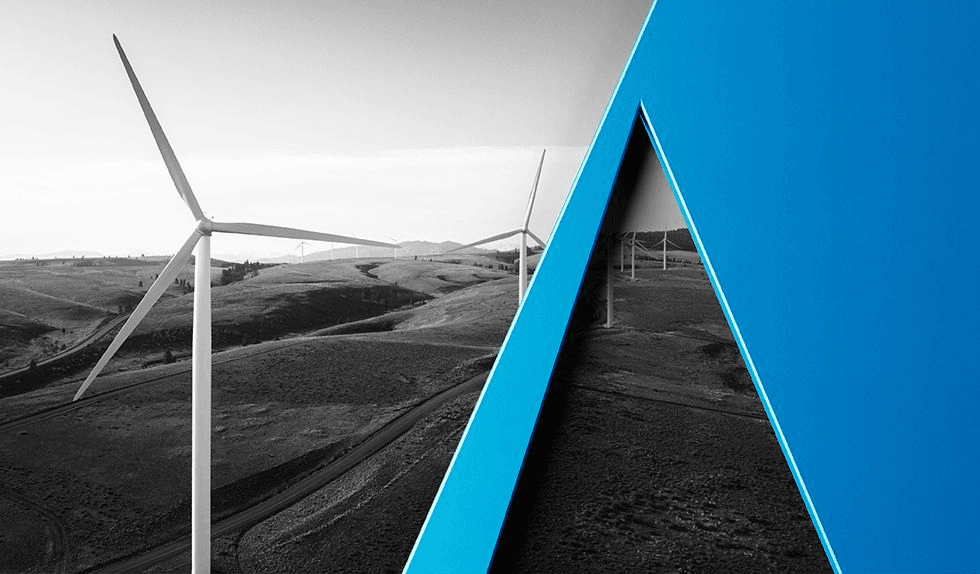Background
The Clean Air Act authorizes the EPA to consider regulating any “air pollutant,” whether emitted by a stationary source (like a factory or power plant) or a mobile source (like a car). Stationary sources capable of emitting a large amount (over 100 or 250 tons) of “any air pollutant” annually are deemed “major emitting facilit[ies],” and may not be built or modified without a permit. That permit is available only if a source complies “with emissions limitations that reflect the ‘best available control technology’ (or BACT) for ‘each pollutant subject to regulation under’ the Act.” A separate permit is required for operation of certain stationary sources.
In 2007, in Massachusetts v. EPA, 549 U.S. 497, the Court held that GHGs could be “air pollutant[s]” within the meaning of the Act, and that the EPA could regulate GHG emissions from motor vehicles if the EPA concluded that “such emissions contribute to climate change.” After Massachusetts, the EPA so concluded. As relevant here, the EPA also decided that because GHGs are “air pollutant[s]” in the mobile source context, they also trigger permitting requirements for stationary sources (which, as noted, apply to facilities capable of emitting a certain amount of “any air pollutant”). Recognizing that the threshold for deeming an emitting facility “major” swept too broadly in the GHG context (likely requiring permits for office buildings, for example), the EPA “tailored” the numeric thresholds set out in the Act, opting for higher thresholds so as to avoid requiring many thousands of small sources to be regulated.
Greenhouse-Gas Emissions Alone Do Not Trigger Permitting Requirements
Justice Scalia, writing for a five-Justice majority, first held that the EPA cannot require a permit to build, modify, or use a stationary source “on the sole basis of [the source’s] potential greenhouse-gas emissions.” Key to his opinion was an understanding that the phrase “air pollutant” may mean different things in different portions of the Clean Air Act. Thus, while GHGs may be “air pollutant[s]” that the EPA may consider regulating in general, that does not mean the gases are “air pollutant[s]” within the meaning of the Act’s permit-requiring provisions. Because the emissions thresholds in the statute (e.g., 250 tons) would sweep in far too many sources, and because the EPA lacked authority to “tailor” those thresholds, the Court deemed it unreasonable to treat GHGs as the type of “air pollutant[s]” that trigger permitting requirements.
EPA Can Require Sources Otherwise Subject to Permitting to Meet BACT Standards
The Court next held that EPA’s “decision to require BACT for greenhouse gas emitted by sources otherwise subject to [preconstruction permitting] is, as a general matter, a permissible interpretation” of the Act. Writing for all but Justices Thomas and Alito, Justice Scalia explained that the BACT provision refers to “pollutant[s] subject to regulation under” the Act—satisfying the broad definition of “air pollutant” at issue in Massachusetts v. EPA. Further, requiring sources already required to engage in a burdensome permitting process (because they are capable of emitting other pollutants) is not as “disastrously unworkable” as allowing GHG emissions alone to trigger that permitting in the first place. “We are not talking about extending EPA jurisdiction over millions of previously unregulated entities,” Justice Scalia explained, “but about moderately increasing the demands [a regulator] can make of entities already subject to its regulation.” Accordingly, the Court concluded “that nothing in the statute categorically prohibits EPA from interpreting the BACT provision to apply to greenhouse gases emitted by [these] sources,” so long as “the source emits more than a de minimis amount of greenhouse gases.”
Too Restrictive and Not Restrictive Enough
Two groups of Justices dissented in part. Justice Breyer, joined by Justices Ginsburg, Sotomayor, and Kagan, would have upheld the EPA’s authority to require permitting based solely on GHG emissions. They thought it more sensible to limit the phrase “any stationary source” to “any source with the potential to emit [the threshold amount] of any air pollutant except for those sources, such as those emitting unmanageably small amounts of greenhouse gases, with respect to which regulation at that threshold would be impractical or absurd or would sweep in smaller sources that Congress did not mean to cover.” Among other things, the dissenters stated, the Court’s broader exception (of a type of pollutant rather than a type of source) undercuts the Act’s purpose of “sensible regulation of industrial emissions of those pollutants” deemed threatening to “human health and welfare.”
Justice Alito, joined by Justice Thomas, would disallow all application of BACT to GHGs. Among other things, they reasoned that if “‘pollutant’ means ‘pollutant, other than a greenhouse gas’” for the permitting provisions, “it should mean ‘pollutant, other than a greenhouse gas” for BACT purposes, too. “The Court’s literalism,” they added, “is selective, and it results in a strange and disjoined regulatory scheme.”
Practical Significance
- Although the Court did not pass on “all aspects of EPA’s current approach,” its opinion appears to leave the EPA with the room it needs to achieve many of its regulatory goals. As the Solicitor General informed the Court, “roughly 83% of American stationary-source greenhouse-gas emissions” come from sources already subject to the permitting processes, while only 3% come from sources that would otherwise be covered by the EPA’s broader approach. Accordingly, the Court’s decision that the Clean Air Act could be read as allowing the “best available control technology” to dictate emissions standards for sources already required to obtain permits, combined with the EPA’s broad latitude to construe the Act, gives the EPA substantial room to regulate the stationary sources responsible for most stationary-source GHG emissions.
- Much attention is being given to parsing Part II.B.1 of the (5-4) opinion for clues as to how the Court might rule with respect to the EPA’s ongoing development of GHG standards for existing power plants. A primary issue raised by those proposed rules is the scope of the EPA’s authority to require so-called “beyond the fenceline” emissions-reduction requirements.
Part II.B.1 contains some suggestions from which opponents of the EPA’s proposal can take heart. The opinion acknowledges and addresses the “fears” of some petitioners that “applying [BACT] to greenhouse gases will make it more about regulating energy use, which will enable regulators to control ‘every aspect of a facility’s operation and design, right down to the ‘light bulbs in the factory cafeteria.’” The opinion quotes an EPA guidance document stating that “initially, compulsory improvements in energy efficiency will be the ‘foundation’ of greenhouse-gas BACT, with more traditional end-of-stack controls either not used or ‘added as they become more available.’” But the opinion further notes that “there are important limitations on BACT that may work to mitigate petitioners’ concerns about ‘unbounded’ regulatory authority,” including that “EPA acknowledges that BACT may not be used to require ‘reductions in a facility’s demand for energy from the electric grid.’” It remains to be seen how these positions will influence future GHG regulation.



